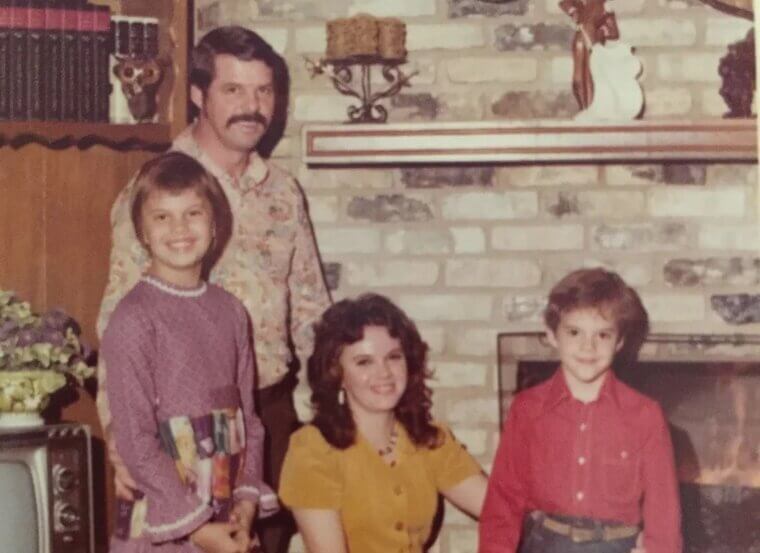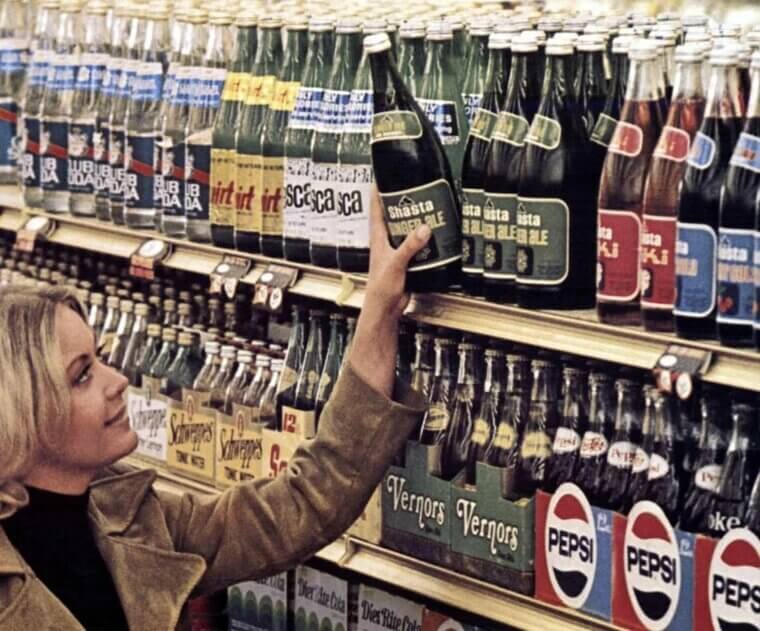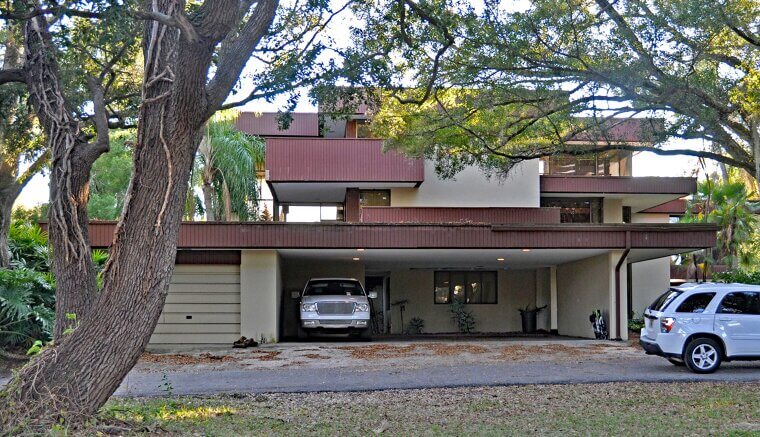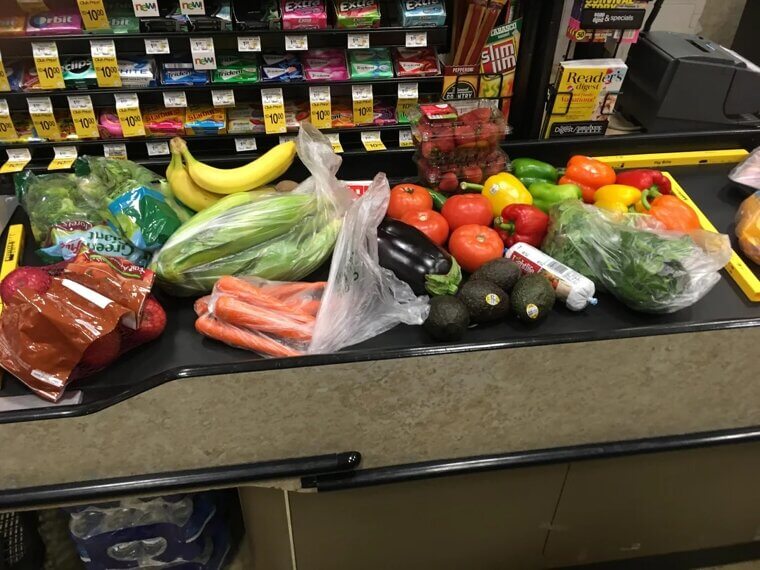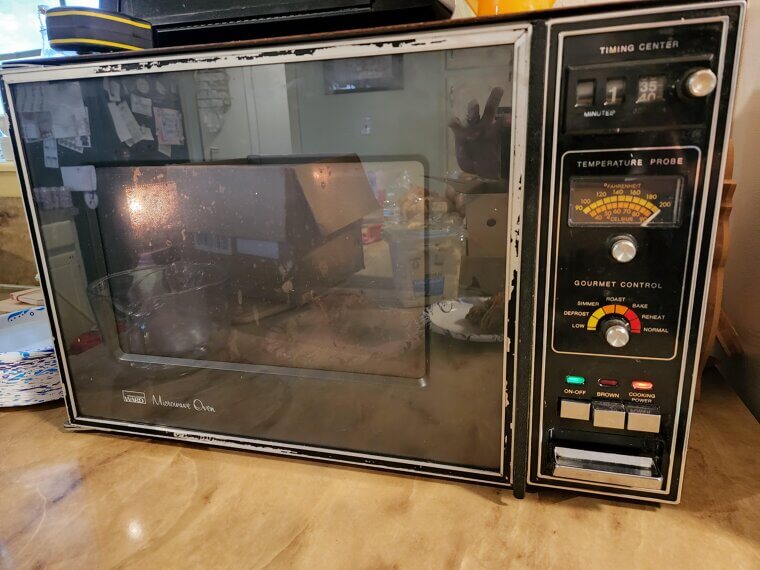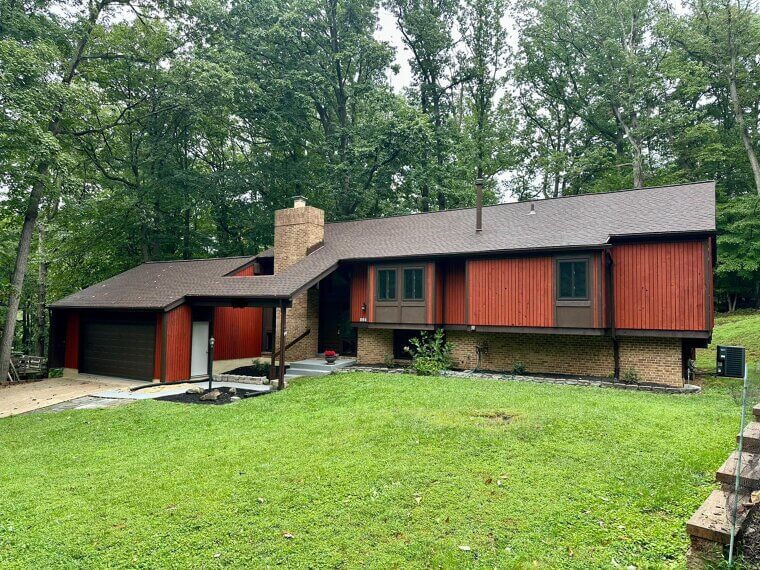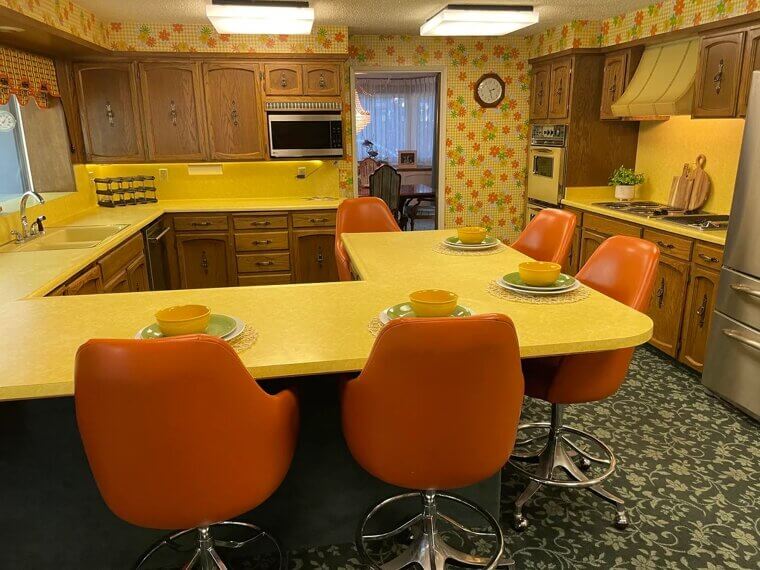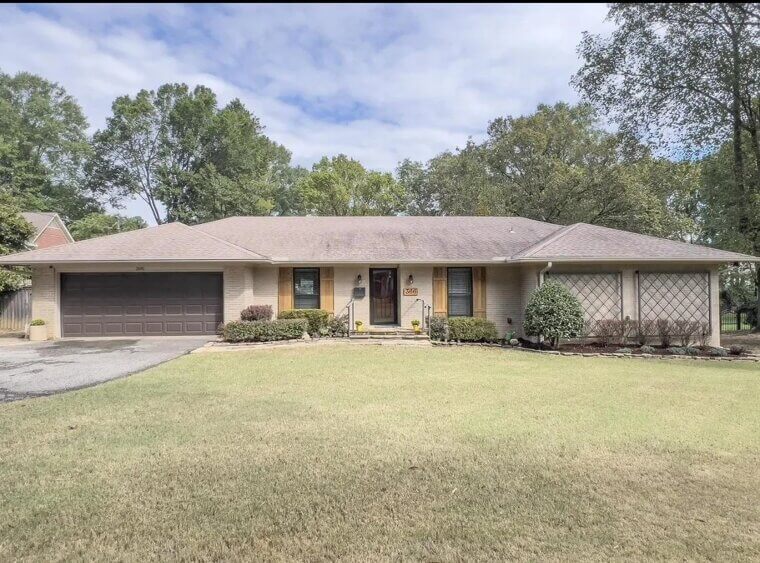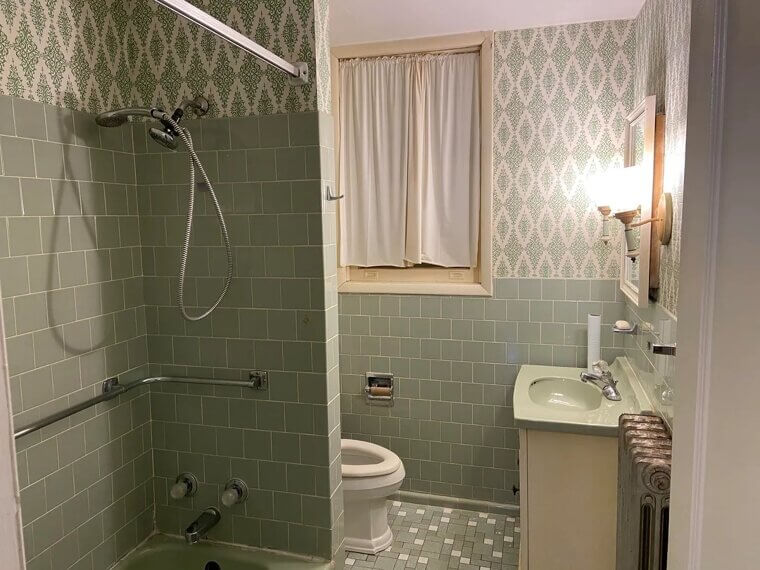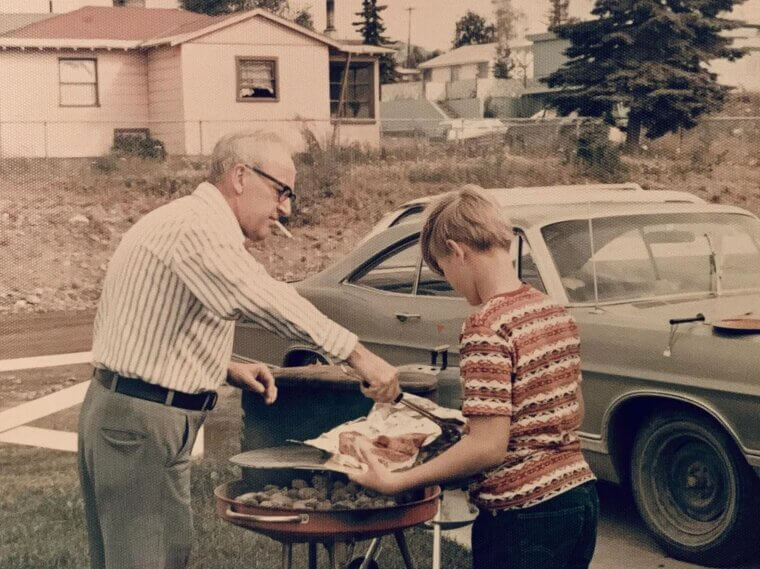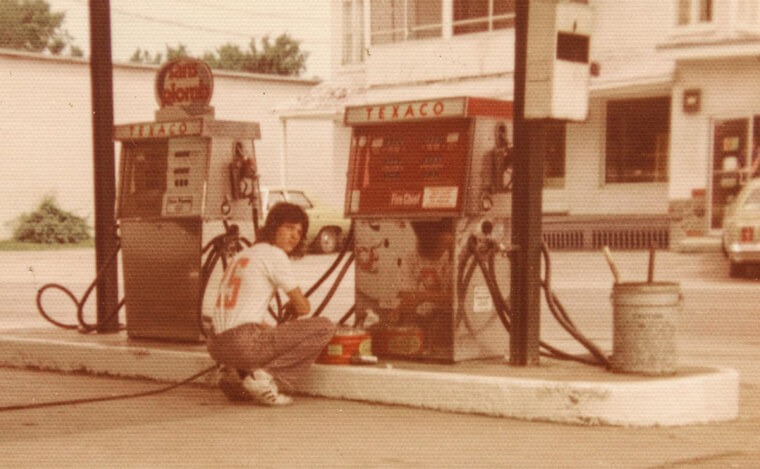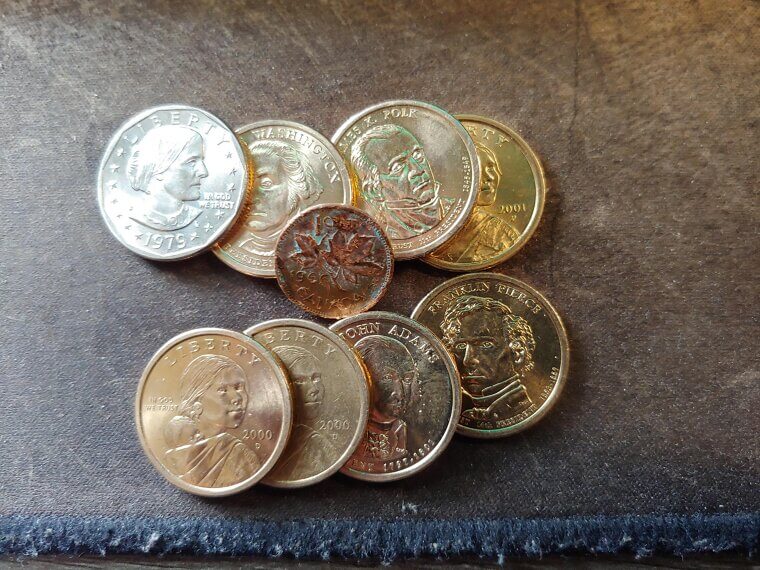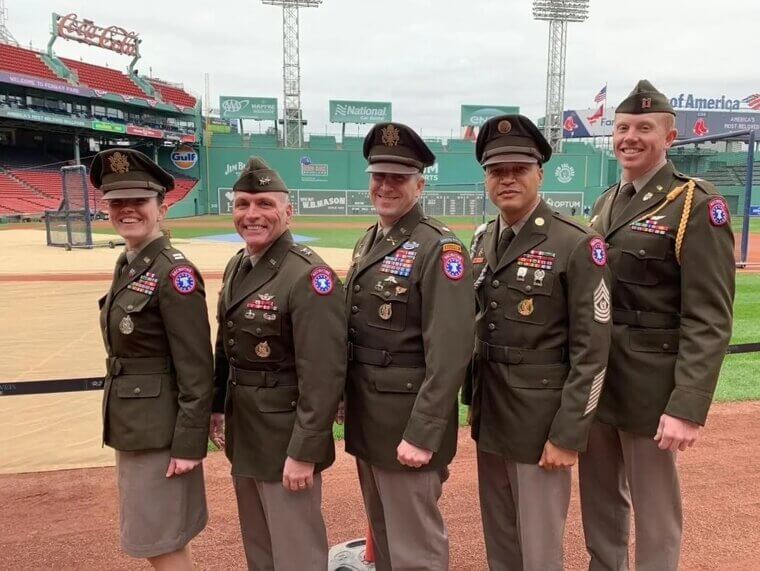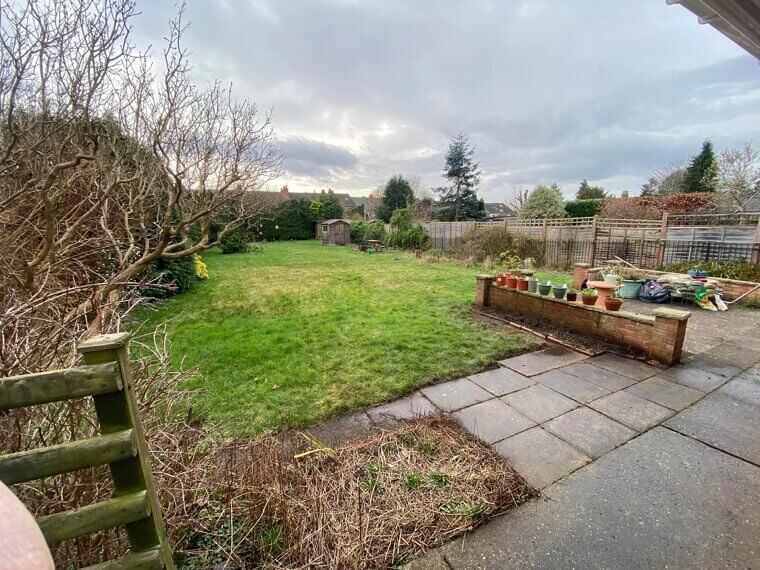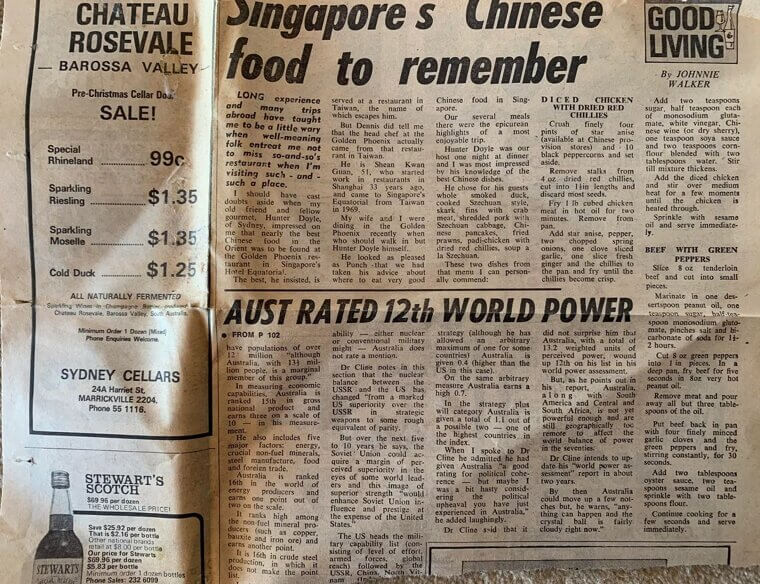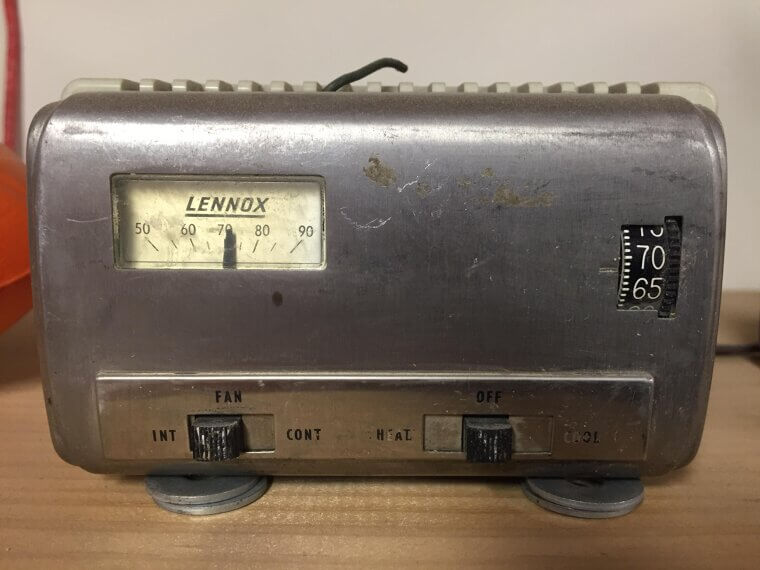Home Ownership at a Younger Age
Because homes were more affordable at the time than they are now, people were able to achieve the dream of homeownership at a younger age. In the 1970s, a married couple in their mid-20s could afford to buy a home, whereas today a couple may have to wait until their 30s or even 40s before they have enough money saved to make an adequate down payment.
Different Cost of Living
It’s no secret that the cost of living in modern times is significantly higher compared to past decades. In the 1970s, more people were able to buy homes thanks to the lower cost of living. Having fewer expenses allowed prospective buyers to save up for their dream home more easily. Furthermore, the expenses they had were lower than what we see today. Everything from groceries to utilities was more affordable, eating up less of a person’s income.
Less Strict Safety Regulations
Back in the 1970s, certain regulations that we currently take for granted did not yet even exist. Among these were those related to toxic materials, such as asbestos. Asbestos was used in everything from insulation to floor tiles until the EPA began enacting stricter regulations on its use, following scientific studies confirming the health risks of asbestos exposure.
Advent of Home Inspections
The 1970s are notable for the rise of official home inspections. It was during this decade that prospective homeowners first began hiring or consulting with general contractors before committing to buying a home. Contractors were hired to inspect homes and assess the quality of certain systems or environmental factors. This eventually culminated in the formation of the American Society of Home Inspectors in 1976.
Frugal Living At The End of the Decade
While the 70s started off well, economic instability in the middle and later years of the decade caused many families to cut back. Even those who managed to buy a home pinched pennies to make ends meet, often forgoing going out to eat or buying anything that wasn’t strictly necessary.
Basic Appliances
These days, many homeowners are on the lookout for fancy appliances that can make their lives easier. Smart kitchen appliances are particularly sought after and can make or break a home purchase. But in the 1970s, appliances were much simpler. Until the late 70s, when microwaves became more affordable and therefore accessible for the average family, most homes would have just a stove, oven, dishwasher, and refrigerator
Home Size
While there have always been very large and very small homes, in the 1970s, the average family home was smaller than an equivalent home today. In the 70s, the average home size was around 1500 square feet. These days, the average home size is over 2,000 square feet.
Fewer Rooms
In addition to being smaller, most homes had fewer rooms compared to houses today. Not only did most homes have only one or two bedrooms, but having a single bathroom was also the norm. Open floor plans also became increasingly popular during this time, likely contributing to fewer rooms per household.
Simpler Utilities
While certain utilities like power and water remain universal, these days, there are other potential services that someone buying a home needs to consider. The Internet is particularly notable, since it's hard to get by without it these days. Not to mention all the subscriptions so many of us juggle! However, in the 70s, most people only had to worry about the electricity, gas, water, and phone bills.
More Affordable Prices
Medium-priced homes in the 1970s were around $23,000 (roughly the equivalent of $200,000 today). In comparison, median home prices today exceed $400,000. Because of this, it can be significantly harder for the average person to purchase a home today than in the 1970s, given how much higher prices are.
Different Aesthetics
Generally speaking, interior decorating during this decade was geared toward creating a warm, welcoming atmosphere while also using bright patterns and vibrant colors. Both patterned wallpaper and wood paneling were common, as was shag carpeting. This decade is also remembered for the distinctive colors used in interior design. Avocado green was particularly popular, as were orange and gold.
Knowing Your Neighbors
In the 1970s, getting to know your neighbors was the norm. Socializing with one another was common, as was welcoming new neighbors when they moved in. During this decade, it was also more common for children to play together throughout the neighborhood.
Energy Crisis
If you were looking to buy a home in the early 1970s, you would’ve had an easier time compared to the mid and late 1970s. When oil prices skyrocketed in 1973, it had a dramatic impact on the economy. The ensuing energy crisis created considerable financial uncertainty and resulted in what was dubbed “stagflation”, an economic state characterized by stagnant growth and high inflation. The rising cost of living, coupled with rising unemployment during this period, negatively impacted the real estate market. Many found themselves struggling to achieve the dream of owning their own home during this time.
Higher Mortgage Rates.
Believe it or not, mortgage interest rates were actually higher in the 1970s than they are in the present day! These days, the average mortgage is in the vicinity of 6%. But in the 70s, mortgage interest rates started off at 7% at the start of the decade and only got higher from there, reaching over 11% in 1979.
Greater Housing Availability
Despite the economic ups and downs that characterized the 1970s, the decade saw significant growth in the housing market. Between 1970 and 1980, the number of housing units rose by almost 30%. This real estate boom is believed to be tied to the baby boomer generation, many of whom were buying their first homes during this time.
Veteran's Housing Act
If you were a military veteran in the 1970s, buying a home wasn’t nearly as difficult as it might have been in past decades. When the Veterans' Housing Act was signed into law in 1970, it helped veterans gain better opportunities for homeownership. Veterans whose access to VA loan benefits had expired now had those benefits again, and could even purchase condos or mobile homes. The VHA was further expanded in 1974.
Better Backyards
Unlike today, where space is often at a premium (resulting in many homes being built so close together that your yard is little more than a small strip of grass), the plots of land allotted to homes in the 1970s were more sizable. This allowed for bigger backyards compared to today.
Pounding the Pavement
In the 1970s, if you were looking to buy a home, you needed to put in the legwork. Today, virtually all real estate listings can be found online. Searching for your dream home is as easy as adjusting some filters and hitting ‘Search’. But in the 70s, prospective home owners didn't have it so easy. They had to pore over newspaper ads and visit real estate offices instead.
Increased Interest In Energy Efficiency
The 1970s saw a rise in interest in environmentalism and energy efficiency. Homeowners adopted more energy-efficient practices, often adjusting how they used their heating systems or updating their insulation. Radiant heating also became more popular during this time, and solar power began to attract more attention.
Limited Financing Options
Unlike today, when multiple mortgage options are available, in the 70s, anyone looking to buy a home almost always had to settle for a traditional fixed-rate mortgage to make it happen. These mortgage loans also typically required a 20% down payment.

